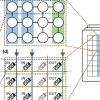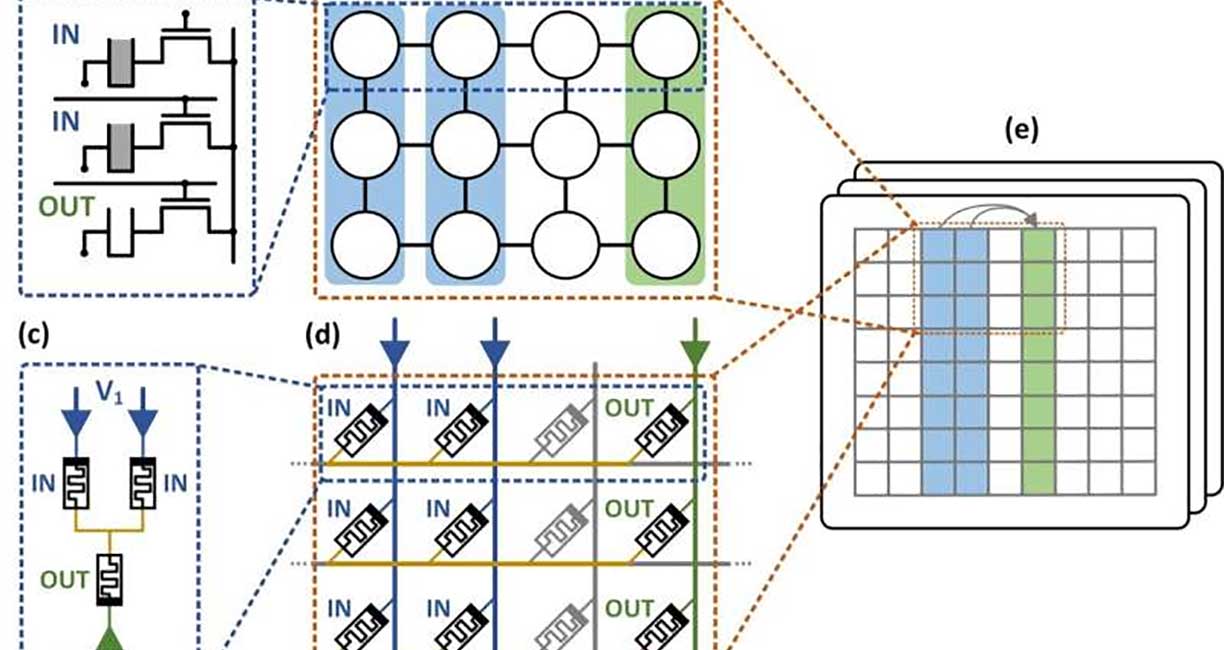Technion Researchers have developed a software package that enables computers to perform processing operations directly in memory, bypassing the CPU. This is a significant step toward developing computers that perform calculations in memory, avoiding time-consuming and energy-intensive data transfers between hardware components.
A new and exciting field has emerged in the hardware domain in recent years: in-memory computing. The in-memory computing approach introduces a significant change from the way computers typically operate.
While traditionally the CPU runs calculations based on information stored in the computer's memory, with this innovative approach, some operations are performed directly within the memory, reducing data transfers between the memory and the CPU.As transferring data between computer units is time- and energy-intensive, this change leads to significant savings in both.
Recent decades have seen dramatic improvements in the performance of these two components; the calculation speed of processors has skyrocketed, as has the storage capacity of memory units. These developments have only exacerbated the problem, with data transfer becoming a bottleneck that limits the computer's overall speed.
Professor Shahar Kvatinsky from the Andrew and Erna Viterbi Faculty of Electrical and Computer Engineering has dedicated the past few years to finding solutions to "the memory wall problem"—the problem of computations requiring two separate hardware components.










